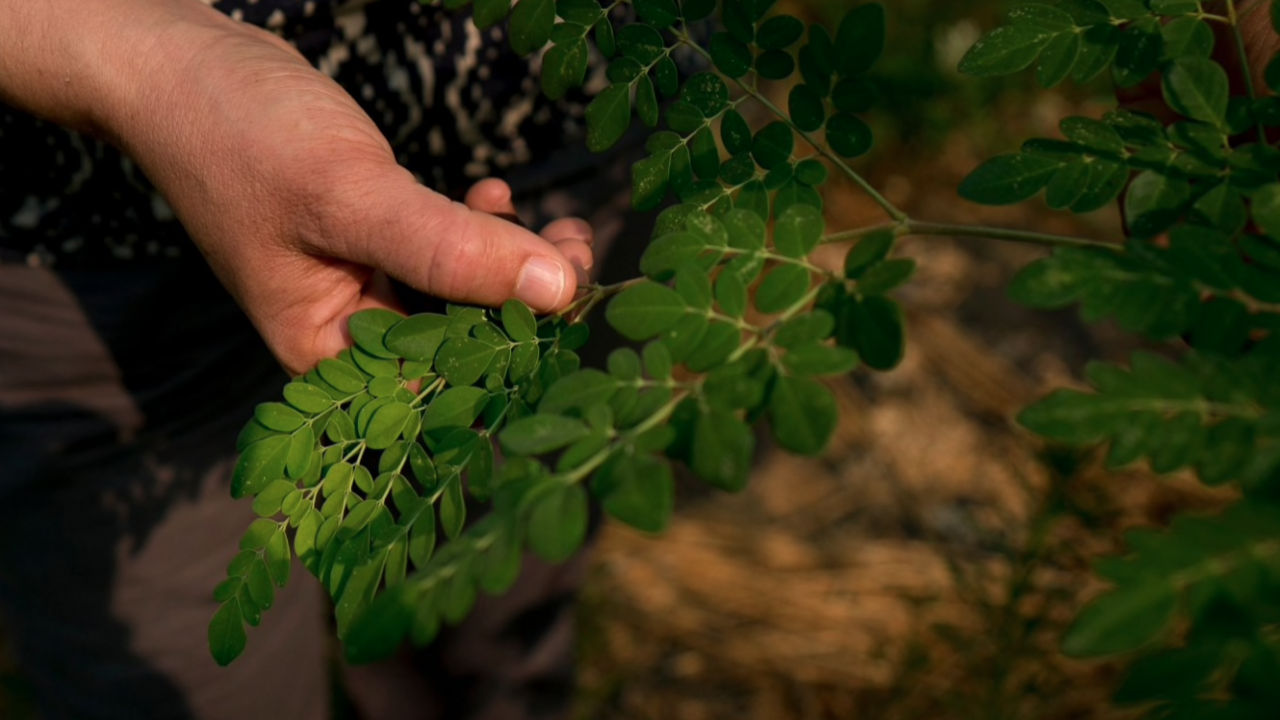
Moringa, the next superfood
The “miracle tree” that could help feed the world
By Amy Quinton, UC Davis
"There’s nothing super-looking about moringa. It’s skinny and sparse in foliage. Its fragile branches sprout puny white flowers and droop with long twisted pods knobby with seeds. But if plants were superheroes, then moringa would be Iron Man.
“If there were a top 10 list of plants that are going to help feed the world over the next hundred years, I would say moringa should be on that list,” said Carrie Waterman, a University of California, Davis, natural products chemist.
Every part of the plant is edible — leaves, pods, seeds, flowers, even its root. The feathery leaves alone pack a powerful protein punch nearly 30 percent by dry weight. Legumes don’t even have that much protein, nor all the essential amino acids.
The leaves are high in vitamins A and C, calcium, zinc, iron, magnesium and potassium. They contain phytochemicals and antioxidants that have been shown in some research studies to reduce chronic inflammation. The plant even has the potential to simultaneously treat both malnutrition and obesity."
Read the full story at The Washington Post.
Carrie Waterman is dreaming big as one of Global Affairs' most recent Seed Grants for International Activities recipients—improving the reach of the world's newest super food and inspiring others along the way. Read more about her Seed Grant success.